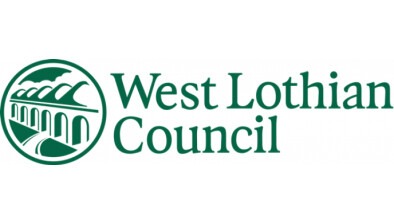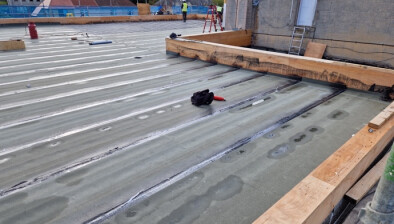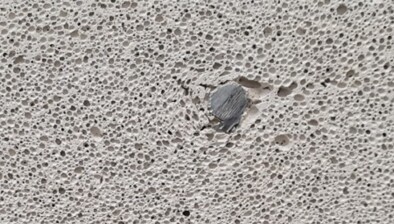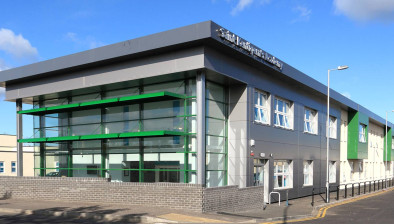West Lothian Council provides housing RAAC update
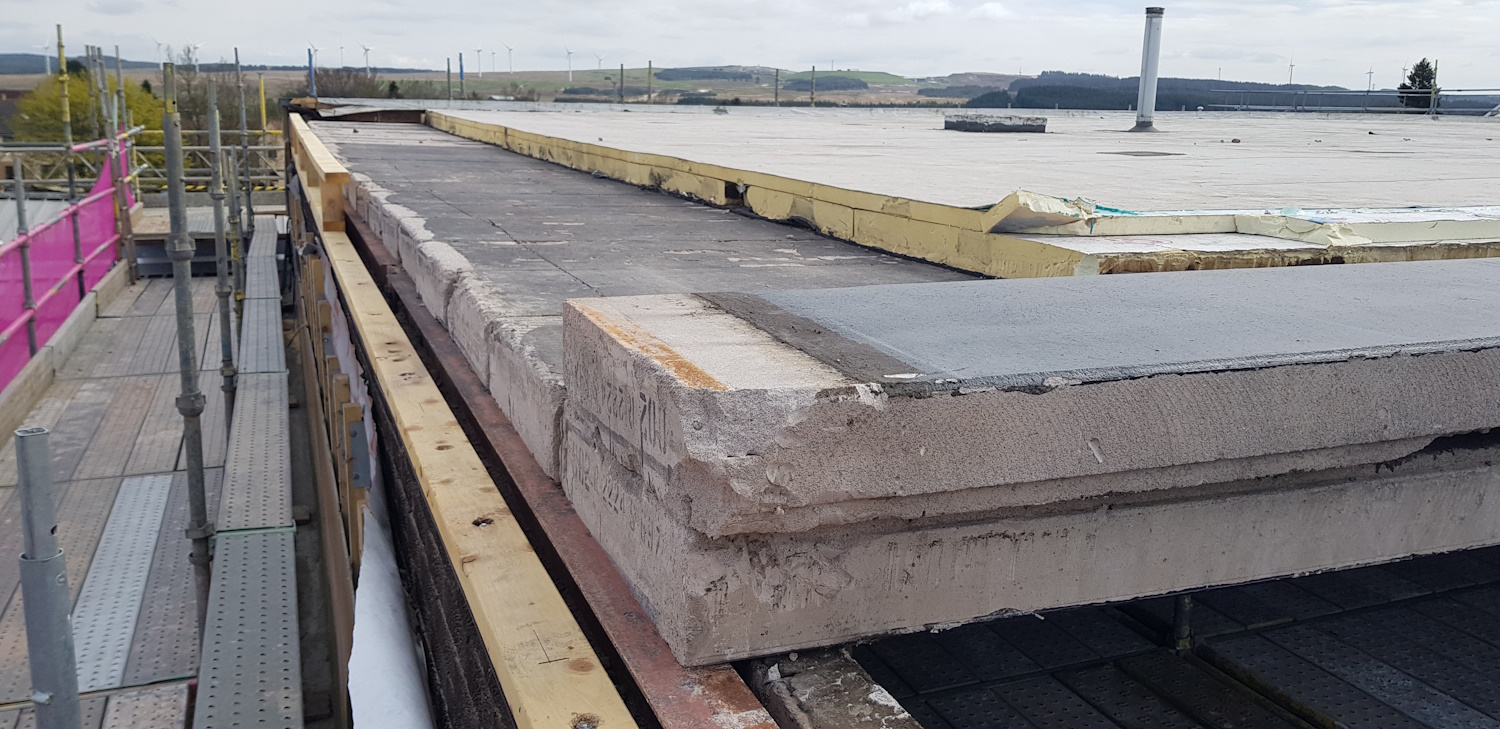
Reinforced Autoclaved Aerated Concrete (RAAC) is present in 69 West Lothian Council homes and 15 common blocks, the local authority has confirmed.
An update on the council’s RAAC Remediation Project, which will address RAAC within the council’s housing stock, will be presented to councillors this week.
RAAC is a type of construction material that was commonly used in social housing in West Lothian between the 1950s and 1980s. RAAC has been associated with various issues, including structural defects.
A report to the Housing Services Policy Development and Scrutiny Panel confirms that there are 14,243 council homes in West Lothian, and that RAAC is present in 69 homes (less than 0.5% of the council housing stock). Surveys have also confirmed the presence of RAAC in 15 common blocks.
The RAAC has been found in council houses and common blocks in Broxburn, Bathgate, Linlithgow and a small a number in Craigshill. The council has advised all residents affected.
Intrusive surveys will need to take place and independent consultants have provided an indicative estimate cost of £4.3 million to carry out removal and reinstatement works across all properties.
The intrusive surveys, and follow on work, will be carried out in a planned and structured way. Initially, properties will be prioritised for repairs and the intrusive surveys will provide detailed information on the condition of RAAC panels. Survey data will then be analysed to inform what work is necessary.
As part of the removal works it will be necessary for tenants to be temporarily moved to a property close to where they are currently located for a short period of time in order to facilitate the works. This will also be undertaken on a planned basis over the course of the project and tenants will be fully supported during this process. Tenants affected by RAAC in common blocks are less likely to be required to move homes on a temporary basis.
Current government policy and legislation states that the maintenance and investment of private properties is the sole responsibility of the respective owners. However, the estates affected are a mix of council and privately owned homes and the council will write to the affected private owners and advise them of the issues found in council properties of the same type and recommend they instruct their own structural survey.
Julie Whitelaw, head of housing, customer and building services, said: “There are a very small percentage of council homes affected overall and the tenants affected have been informed.
“Obviously for the 69 council homes affected the work to carry out intrusive surveys and any subsequent repairs could be significant, which is why we are adopting a planned approach to the survey work. We can assure our tenants that we will support them and ensure that they are provided with information and assistance throughout.”












